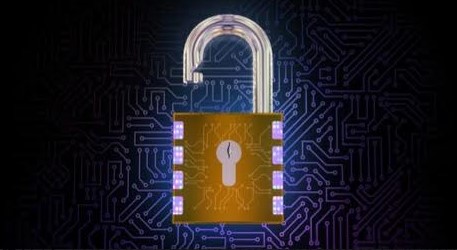Why You Should Be Afraid of Hacking and How to Protect Yourself
April 2, 2024

In our digital world today, where information is the new currency, the threat of hacking looms larger than ever before. Hacking isn’t just a buzzword; it’s a sinister reality that can have devastating consequences for individuals and organizations alike. In this blog post, we will explore the reasons why you should be afraid of hacking and, more importantly, how you can safeguard yourself against these cyber threats.
Threats to Consider:
- Personal Privacy Invasion:
- One of the most unsettling aspects of hacking is the invasion of personal privacy. Hackers can exploit vulnerabilities in your devices, gaining unauthorized access to your emails, social media accounts, and even your home security systems. The breach of personal space can lead to identity theft, extortion, and a profound sense of violation.
- Financial Loss and Fraud:
- Hacking can have severe financial repercussions. Cybercriminals often target financial institutions, businesses, and individuals to steal sensitive financial information, such as credit card details and bank account credentials. The aftermath of such attacks can result in drained bank accounts, unauthorized transactions, and a lengthy and cumbersome recovery process.
- Data Breaches:
- Organizations store vast amounts of sensitive data, ranging from customer information to trade secrets. Hacking can lead to massive data breaches, exposing this information to malicious actors. The fallout includes reputational damage, financial losses, and potential legal consequences. Individuals also suffer as their personal data, such as addresses, contact details, and even medical records, becomes susceptible to misuse.
- Ransomware Attacks:
- The rise of ransomware attacks adds another layer of fear to the hacking landscape. Cybercriminals use malicious software to encrypt data, holding it hostage until a ransom is paid. This not only disrupts operations for businesses but also puts individuals at risk of losing access to critical personal data.
- Critical Infrastructure Vulnerabilities:
- Hacking isn’t limited to personal and financial domains. Critical infrastructure, including power grids, water supplies, and transportation systems, is increasingly becoming a target for cyber-attacks. The potential consequences of successful hacks on these systems are alarming and could lead to widespread chaos and disruption.

How to Protect Yourself:
Now that we understand the gravity of the situation, let’s explore proactive steps you can take to protect yourself from hacking:
- Keep Software Updated:
- Regularly update your operating system, antivirus software, and applications to patch vulnerabilities that hackers may exploit.
- Use Strong, Unique Passwords:
- Create complex passwords and avoid using the same password across multiple accounts. Consider using a password manager to keep track of your credentials securely.
- Enable Two-Factor Authentication (2FA):
- Enhance your account security by enabling 2FA wherever possible. This adds an extra layer of protection, requiring a secondary verification step in addition to your password.
- Stay Informed:
- Be aware of common hacking techniques and stay informed about the latest cybersecurity threats. Knowledge is a powerful defense.
- Backup Your Data:
- Regularly back up your important data to an external source. In the event of a ransomware attack, having a backup can save you from losing valuable information.
- Use a Virtual Private Network (VPN):
- Protect your online activities by using a VPN, which encrypts your internet connection and enhances your privacy.

While the fear of hacking is justified, taking proactive measures to secure your digital life can significantly mitigate the risks. Cybersecurity is a shared responsibility, and by adopting a vigilant mindset and implementing best practices, you can navigate the digital landscape with greater confidence and resilience against potential cyber threats.
Have Any Question?
Call or email Cocha. We can help with your cybersecurity needs!
- (281) 607-0616
- info@cochatechnology.com




